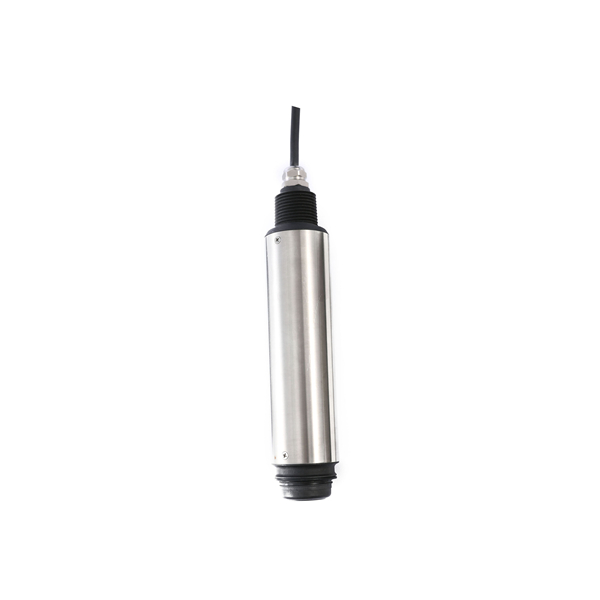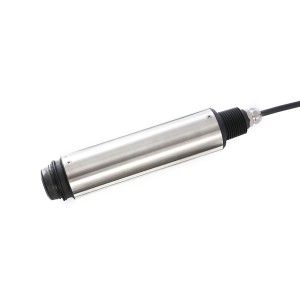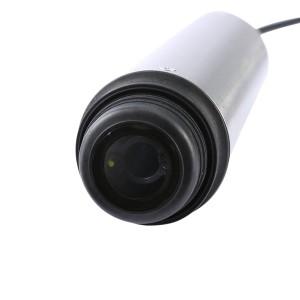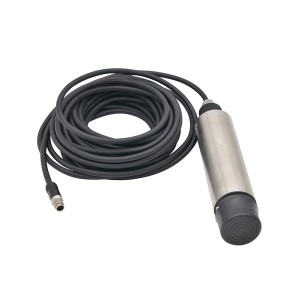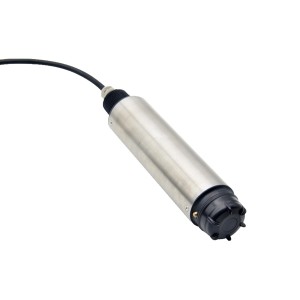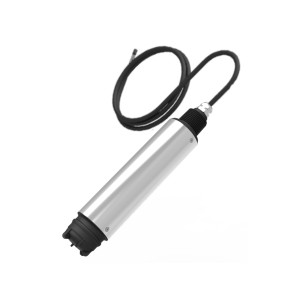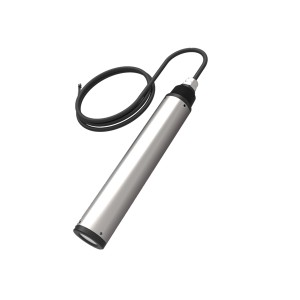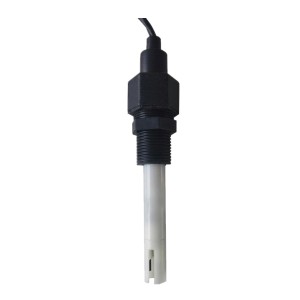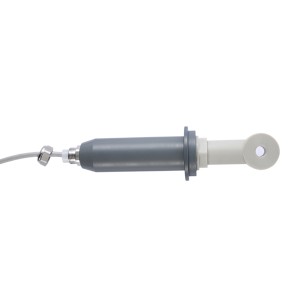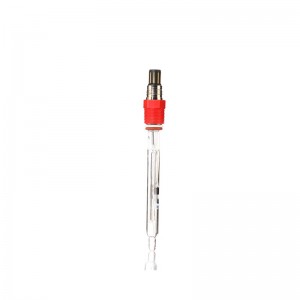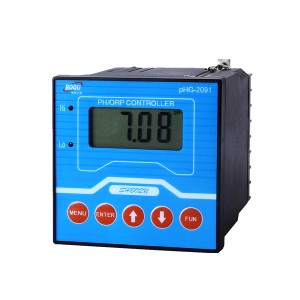Features
1. The sensor uses a new type of oxygen-sensitive film with good reproducibility and stability.
Breakthrough fluorescence techniques, requires virtually no maintenance.
2. Maintain prompt the user can customize the prompt message is automatically triggered.
3. Hard, fully enclosed design, improved durability.
4. Use simple, reliable, and interface instructions can reduce operational errors.
5. Set a visual warning system to provide important alarm functions.
6. Sensor convenient on-site installation, plug and play.
|
Material |
Body: SUS316L + PVC (Limited Edition), titanium (seawater version); O-ring: Viton; Cable: PVC |
|
Measuring range |
Dissolved oxygen: 0-20 mg/L, 0-20 ppm; Temperature: 0-45℃ |
|
Measurement accuracy |
Dissolved oxygen: measured value ±3%; Temperature: ±0.5℃ |
|
Pressure range |
≤0.3Mpa |
|
Output |
MODBUS RS485 |
|
Storage temperature |
-15~65℃ |
|
Ambient temperature |
0~45℃ |
|
Calibration |
Air autamatic calibration, sample calibration |
|
Cable |
10m |
|
Size |
55mmx342mm |
|
Weight |
about 1.85KG |
|
Waterproof rating |
IP68/NEMA6P |
Dissolved oxygen is a measure of the amount of gaseous oxygen contained in water. Healthy waters that can support life must contain dissolved oxygen (DO).
Dissolved Oxygen enters water by:
direct absorption from the atmosphere.
rapid movement from winds, waves, currents or mechanical aeration.
aquatic plant life photosynthesis as a by-product of the process.
Measuring dissolved oxygen in water and treatment to maintain proper DO levels, are crucial functions in a variety of water treatment applications. While dissolved oxygen is necessary to support life and treatment processes, it can also be detrimental, causing oxidation that damages equipment and compromises product. Dissolved oxygen affects:
Quality: The DO concentration determines the quality of source water. Without enough DO, water turns foul and unhealthy affecting the quality of the environment, drinking water and other products.
Regulatory Compliance: To comply with regulations, waste water often needs to have certain concentrations of DO before it can be discharged into a stream, lake, river or waterway. Healthy waters that can support life must contain dissolved oxygen.
Process Control: DO levels are critical to control biological treatment of waste water, as well as the biofiltration phase of drinking water production. In some industrial applications (e.g. power production) any DO is detrimental for steam generation and must be removed and its concentrations must be tightly controlled.

